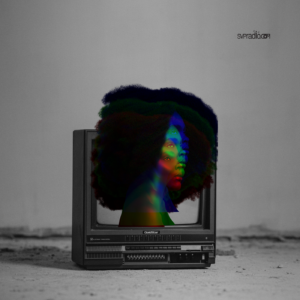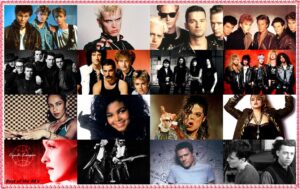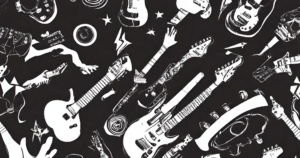
Second Room – The Sound of U.K. Garage
“Second Room – Where U.K. Garage Lives and Breathes.” Let me know if you’d like an alternative!
“Step into Second Room on SVP Radio for the best in U.K. Garage. From classic 2-step to modern basslines, experience the sound of the underground.”
close

